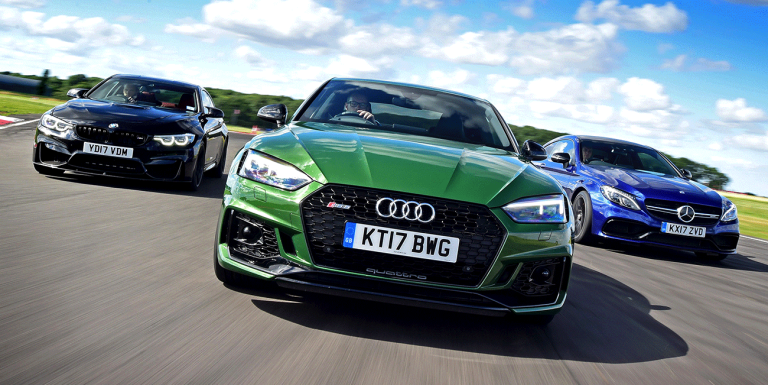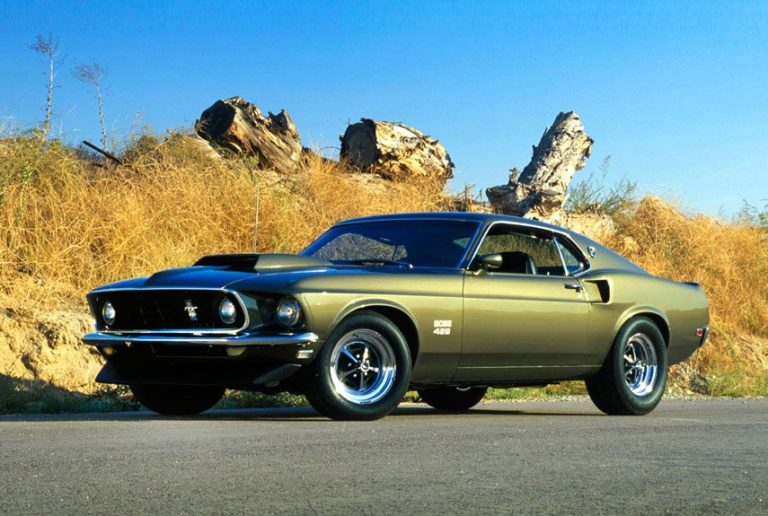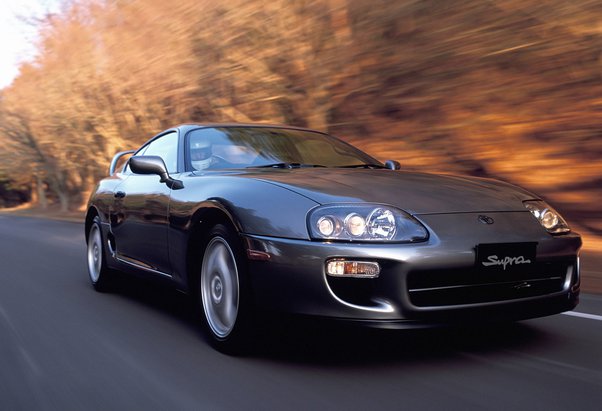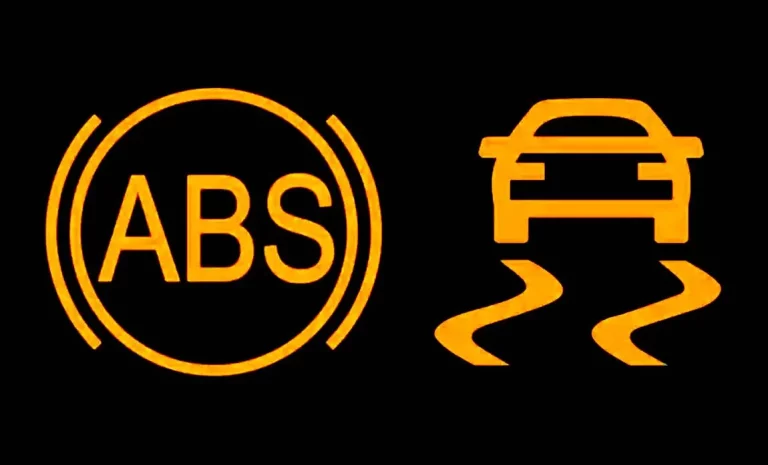CVT Vs Automatic Transmission: Which is Better?
When choosing a transmission for your vehicle, the debate between Continuously Variable Transmission (CVT) and traditional Automatic Transmission is prominent. Each type offers distinct advantages and performance characteristics. In this post, we will look into a detailed comparison of CVT and Automatic transmissions, examining their design, efficiency, driving experience, and cost-effectiveness.
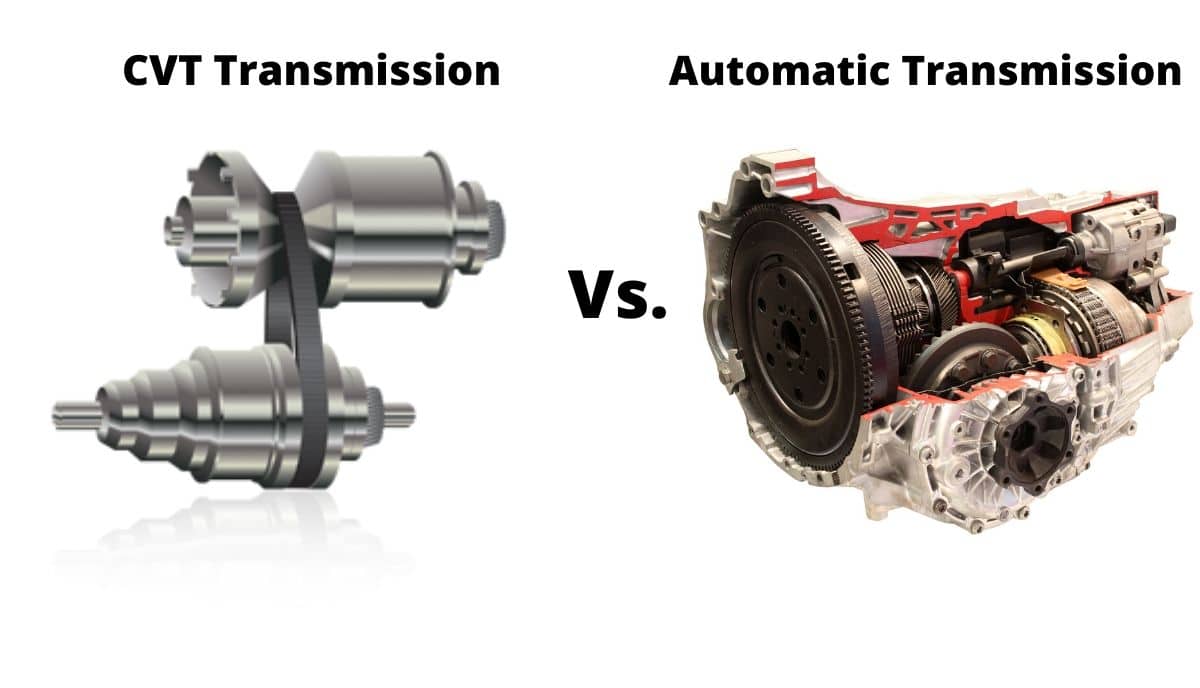
What is a CVT?
A Continuously Variable Transmission (CVT) utilizes a belt and pulley system that adjusts seamlessly, providing an uninterrupted range of gear ratios. This design allows the engine to operate at its most efficient RPM for varying vehicle speeds, often resulting in better fuel economy and a smoother driving experience without the noticeable shifts found in traditional transmissions.
What is an Automatic Transmission?
Automatic transmissions use a set of fixed gears to modulate engine power. Traditional automatics shift through these gears based on vehicle speed and engine load, offering a more classic driving experience with distinct shifts. Modern automatics are sophisticated, often featuring up to ten speeds that enhance performance and fuel efficiency.
CVT vs Automatic: A Detailed Comparision
Both CVT (Continuously Variable Transmission) and automatic transmissions are popular choices for modern cars, but they achieve smooth gear changes in different ways. Here’s a detailed comparison:

1. Performance
CVT: CVTs provide a smooth acceleration without the jerkiness of shifting gears, which is especially noticeable during city driving. This continuous operation can enhance the perceived smoothness of the ride, though it might feel less engaging for enthusiasts who prefer the feel of gear shifts.
Automatic: Traditional automatics deliver a sense of power and progression that many drivers find satisfying, with shifts that can be felt. Advances in technology have made these transmissions quicker and more responsive, potentially offering a more dynamic driving experience compared to CVTs.
2. Fuel Efficiency
CVT: Due to their ability to maintain the engine at an optimal performance level for a variety of driving conditions, CVTs generally offer superior fuel efficiency, particularly in stop-and-go traffic. This efficiency is a result of the transmission’s ability to adapt the gear ratio continuously to match driving conditions.
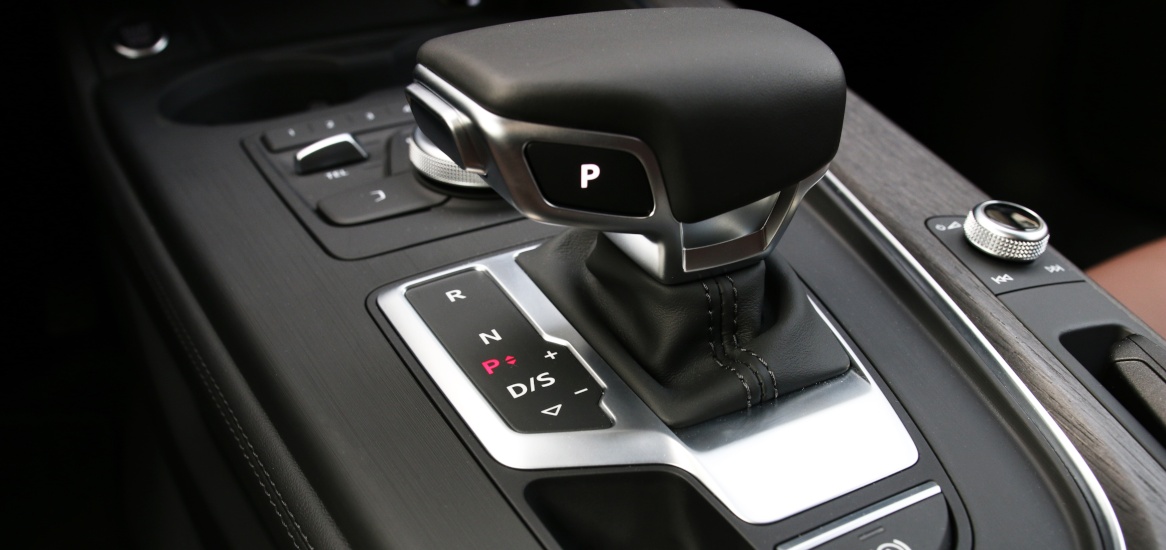
Automatic: While traditional automatics have historically been less efficient than CVTs, improvements such as the addition of more gears and sophisticated control systems have narrowed this gap significantly. Higher gear counts allow engines to operate closer to their ideal efficiency at different speeds.
3. Durability and Maintenance
CVT: CVTs can be sensitive to harsh driving conditions and may require more frequent maintenance due to their complex belt and pulley system. The durability of a CVT can also be a concern in high-performance or heavy-duty vehicles.
Automatic: Generally, automatic transmissions are considered more durable, especially under tough driving conditions like towing or off-roading. They tend to handle high torque demands better and have a longer life span with proper maintenance. However, repairs can be complex and potentially more expensive due to the intricate array of gears and hydraulic systems.
4. Cost
CVT: CVTs may have a higher initial cost than some traditional automatics due to their sophisticated design. The cost of repairs can also be higher if the transmission suffers from damage, as the belt and pulley system components are typically more expensive to replace.
Automatic: The initial cost of traditional automatics can vary widely depending on the design and the number of gears. Typically, maintenance costs are predictable if not lower, but major repairs like replacing a transmission can be costly due to the complexity of the gear systems.
5. Driving Experience
CVT: The driving experience with a CVT is often described as smoother but less ‘exciting’ compared to automatics. There is no sensation of gear shifts, which some drivers may find less engaging. However, this can be advantageous for those who prioritize comfort and ease of driving.
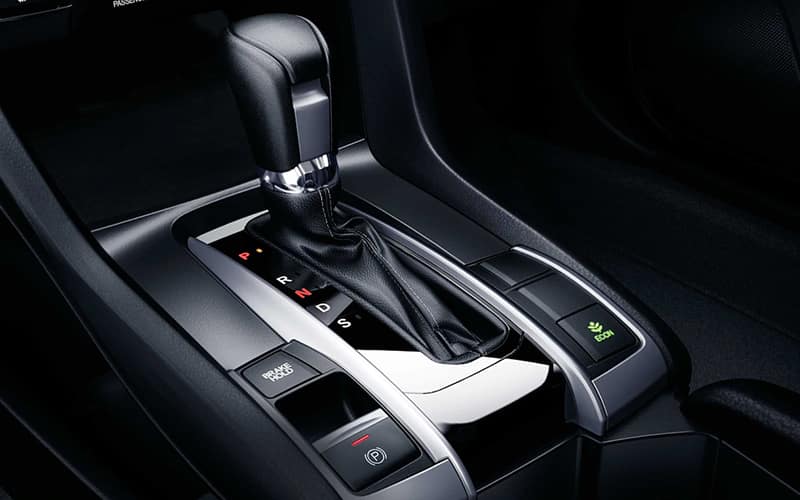
Automatic: Automatic transmissions provide a more ‘traditional’ driving feel, with clear shifts that can contribute to a more engaging driving experience, particularly in sports modes or with manual shift capabilities. This can appeal to drivers who enjoy a more hands-on driving feel.
6. Adaptability and Customization
CVT: CVTs offer fewer options for customization. Due to their design, they operate optimally in a set pattern of performance, focusing primarily on efficiency and smoothness. This can limit how much drivers can tweak the vehicle’s performance to suit their driving preferences.
Automatic: Conversely, automatic transmissions, especially those with manual shift capabilities, allow more room for driver interaction and customization. Drivers can choose when to shift gears, either using paddle shifters or selecting different modes like ‘Sport’ or ‘Eco,’ which can alter the vehicle’s shifting dynamics to suit different driving conditions or personal preferences.
Frequently Asked Questions
What are the primary differences between CVT and automatic transmissions?
CVT, Continuously Variable Transmission, is lighter and offers smoother operation with improved fuel efficiency, ideal torque ratio, and fewer mechanical components. While automatic transmissions have evolved to provide up to 11 gears, enhanced performance, and fuel efficiency but with more moving parts.
Is CVT more fuel-efficient than an automatic transmission?
Yes, CVT is generally more fuel-efficient than an automatic transmission due to its lighter weight and ability to maintain the ideal torque ratio without the need for gears.
What is the expected lifespan of a CVT transmission?
A CVT transmission typically lasts for about 100,000 miles. However, with certain brands and diligent maintenance, a CVT can reach up to 300,000 miles.
What are the advantages and disadvantages of a CVT transmission?
CVT transmissions offer advantages like enhanced fuel efficiency, hassle-free long-distance drives, and fewer mechanical parts. However, they might require higher maintenance costs, and some drivers might find the unusual tone at acceleration unsettling.
What is the best type of automatic transmission?
The Dual Clutch Transmission (DCT) is considered the most advanced type of automatic transmission. It utilizes two clutches for operating two sets of gear ratios, offering almost seamless gear shifting.
Does CVT offer a better driving experience than an automatic transmission?
Driving a CVT may feel different, potentially delayed throttle responses, particularly for seasoned drivers. But its operation at high RPMs without risking engine damage can make it preferable in situations like uphill drives. However, personal preference plays a crucial role in this aspect.

Hi! I’m Larry Gibbs, studying mechanical engineering with a focus on cars. I really love Ferraris and write blog posts about the latest car stuff. When not studying or blogging, I’m usually on a road trip exploring new places. I also enjoy playing football and watching movies. Life’s an adventure, and I’m all about enjoying the ride!

![Where Are Ferraris Made? [Location Revealed]](https://www.experienceferrari.com/wp-content/uploads/2024/01/sfcriga_ferrari-factory-in-the-heart-of-the-myth_photo01-768x510.jpg)
